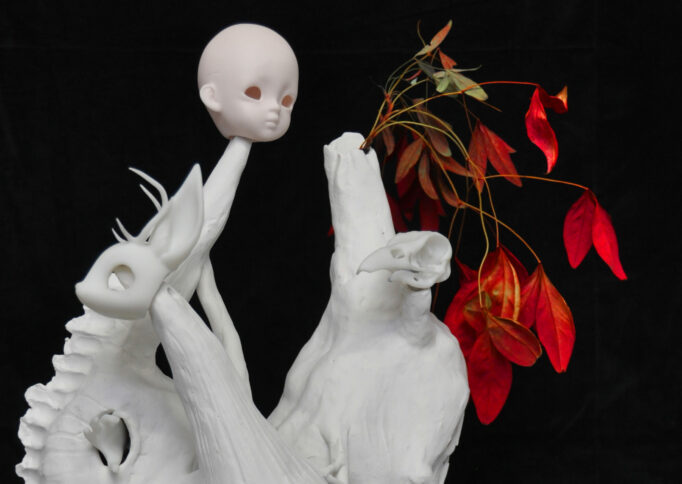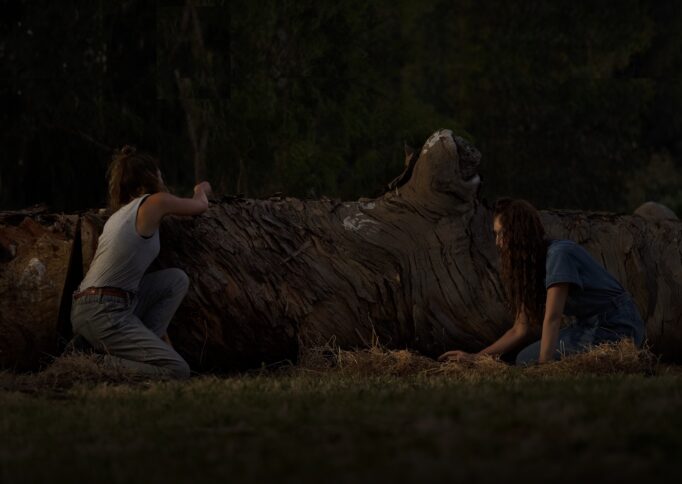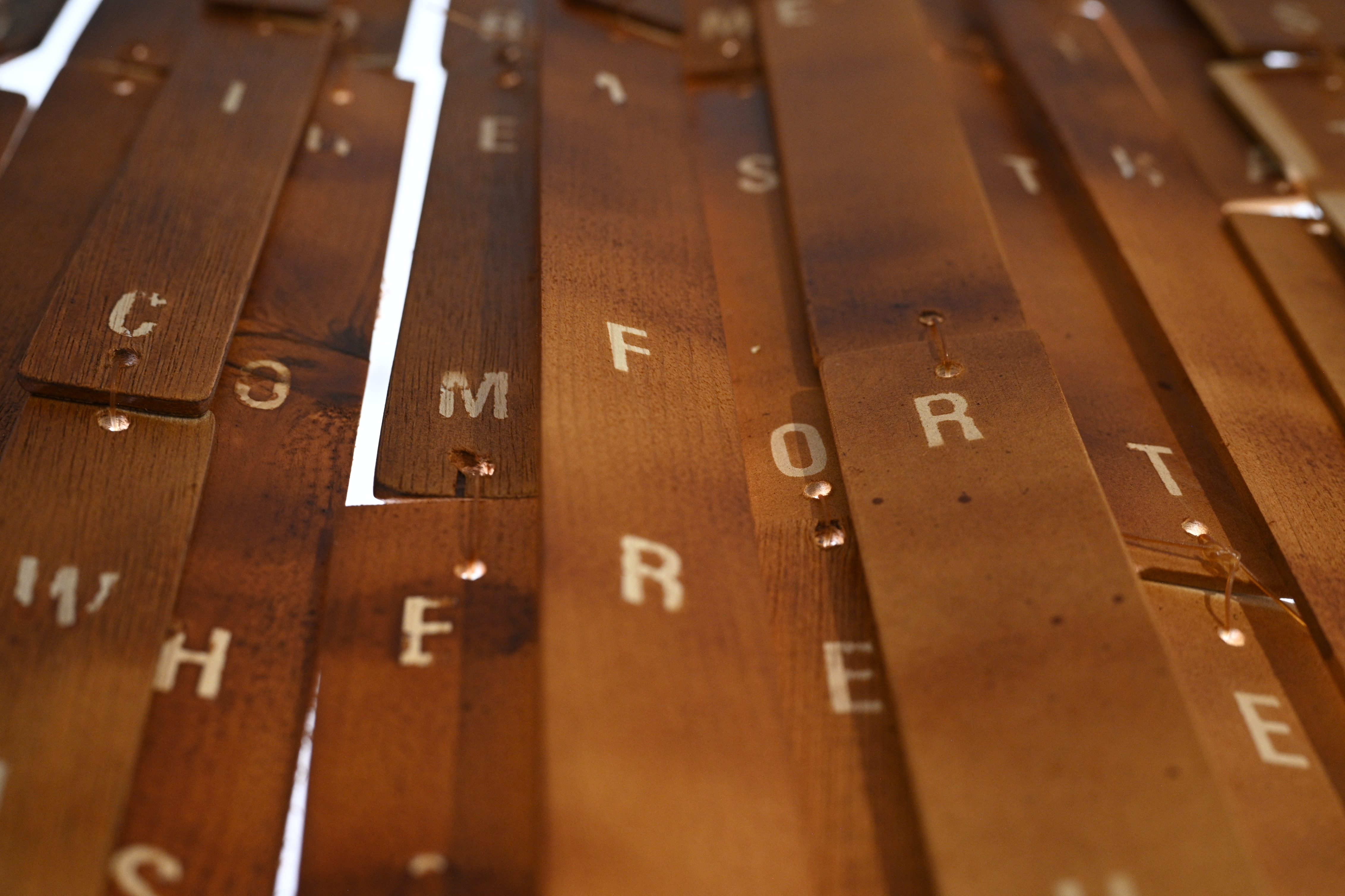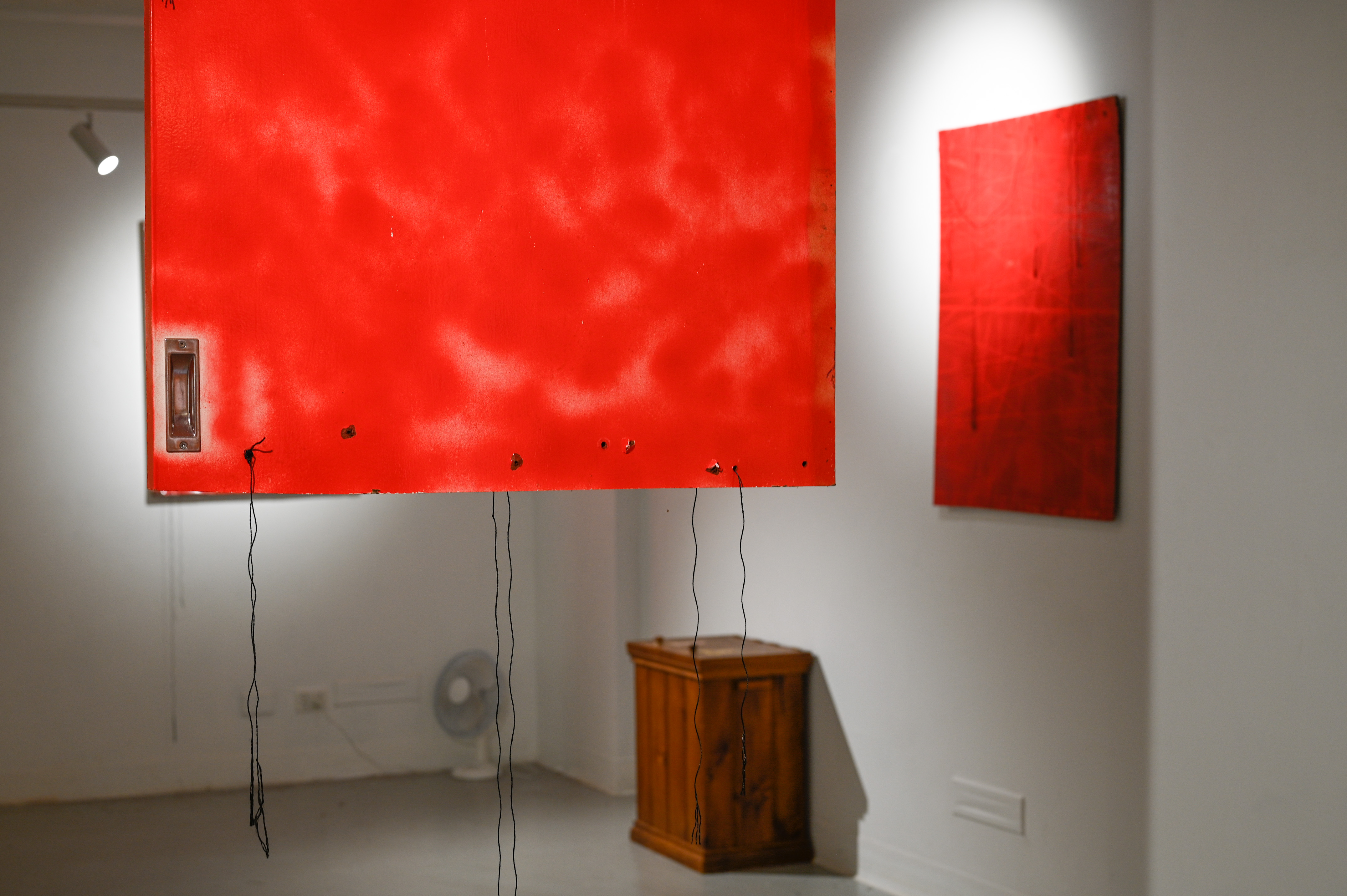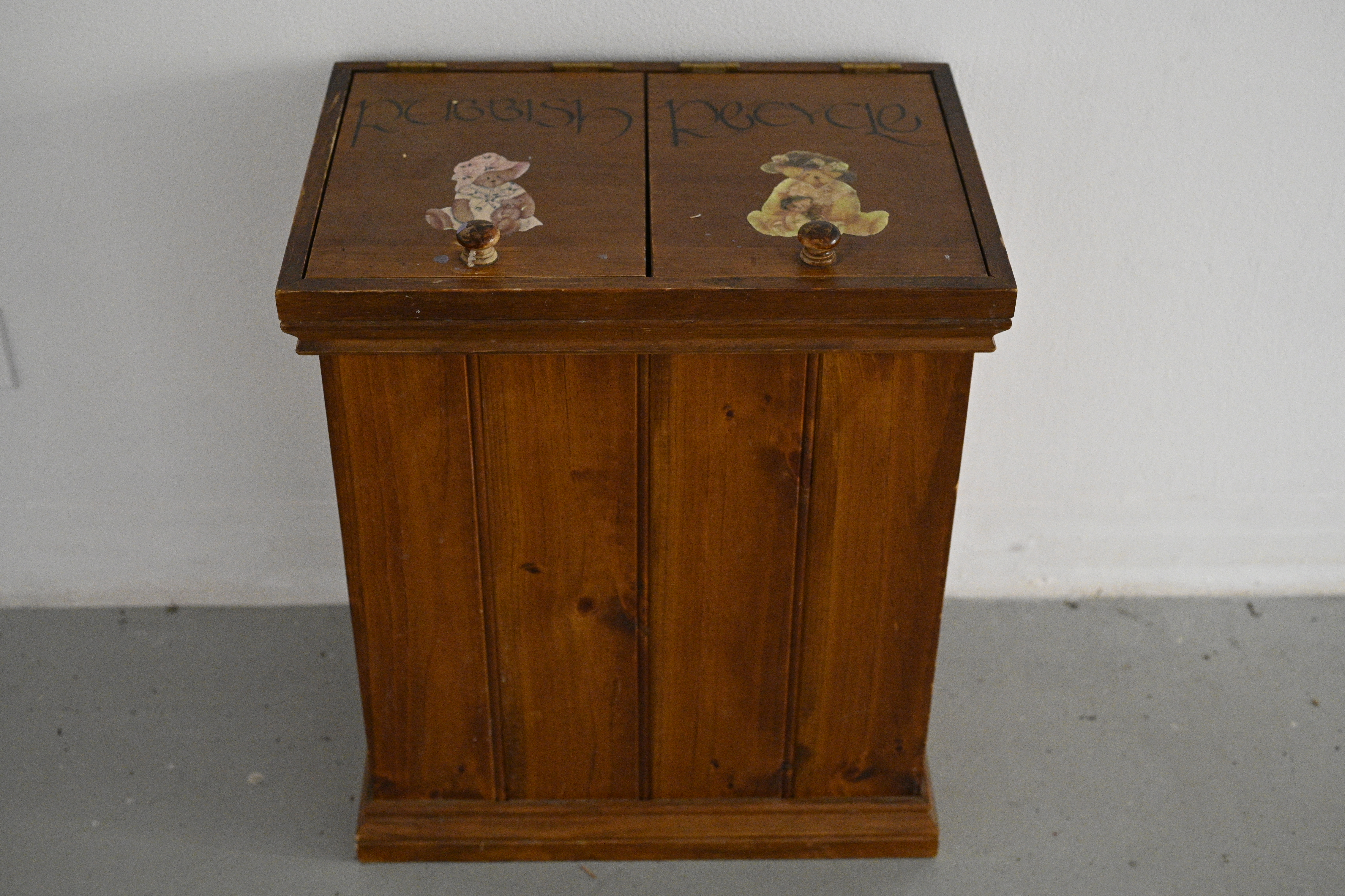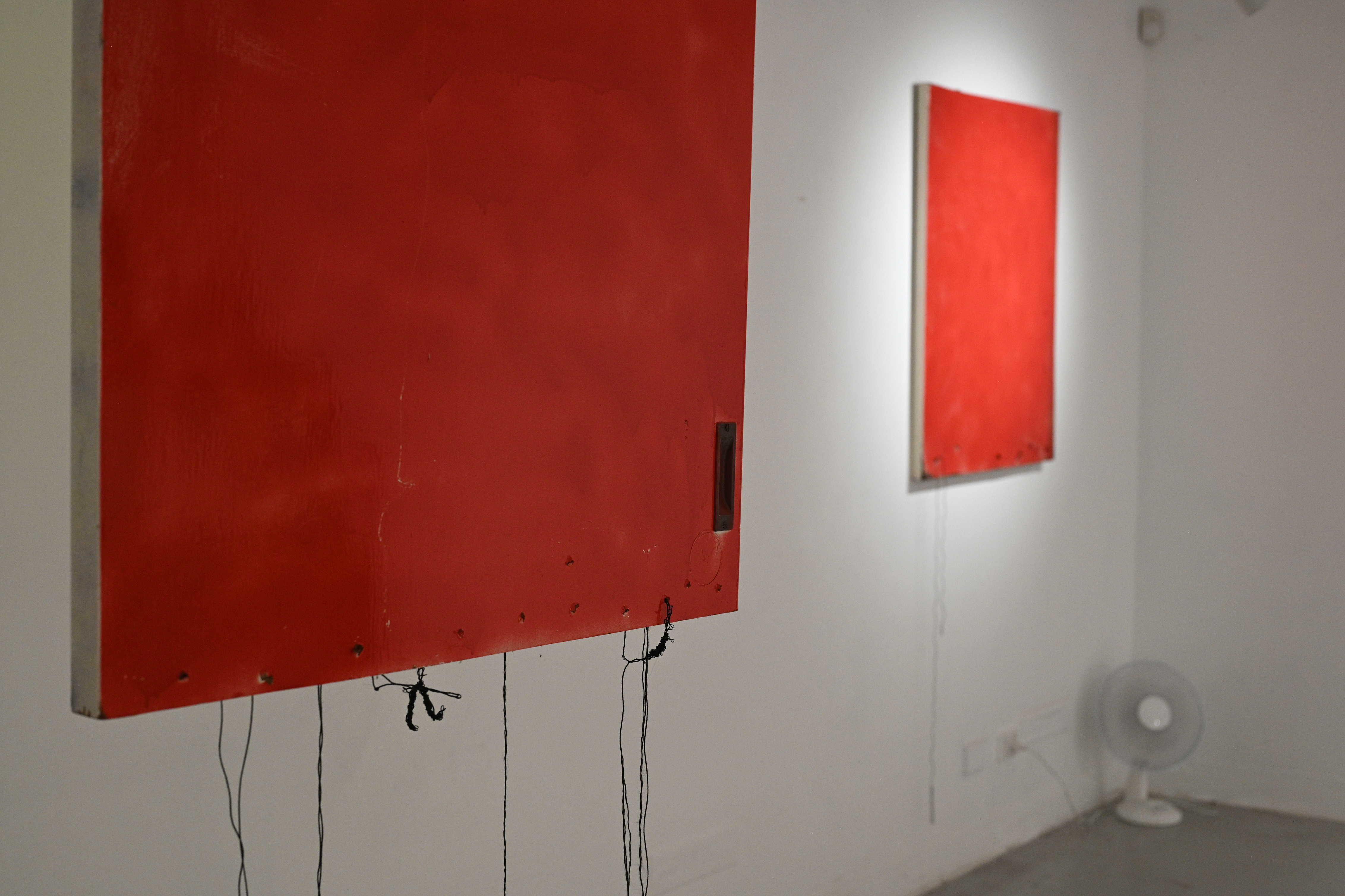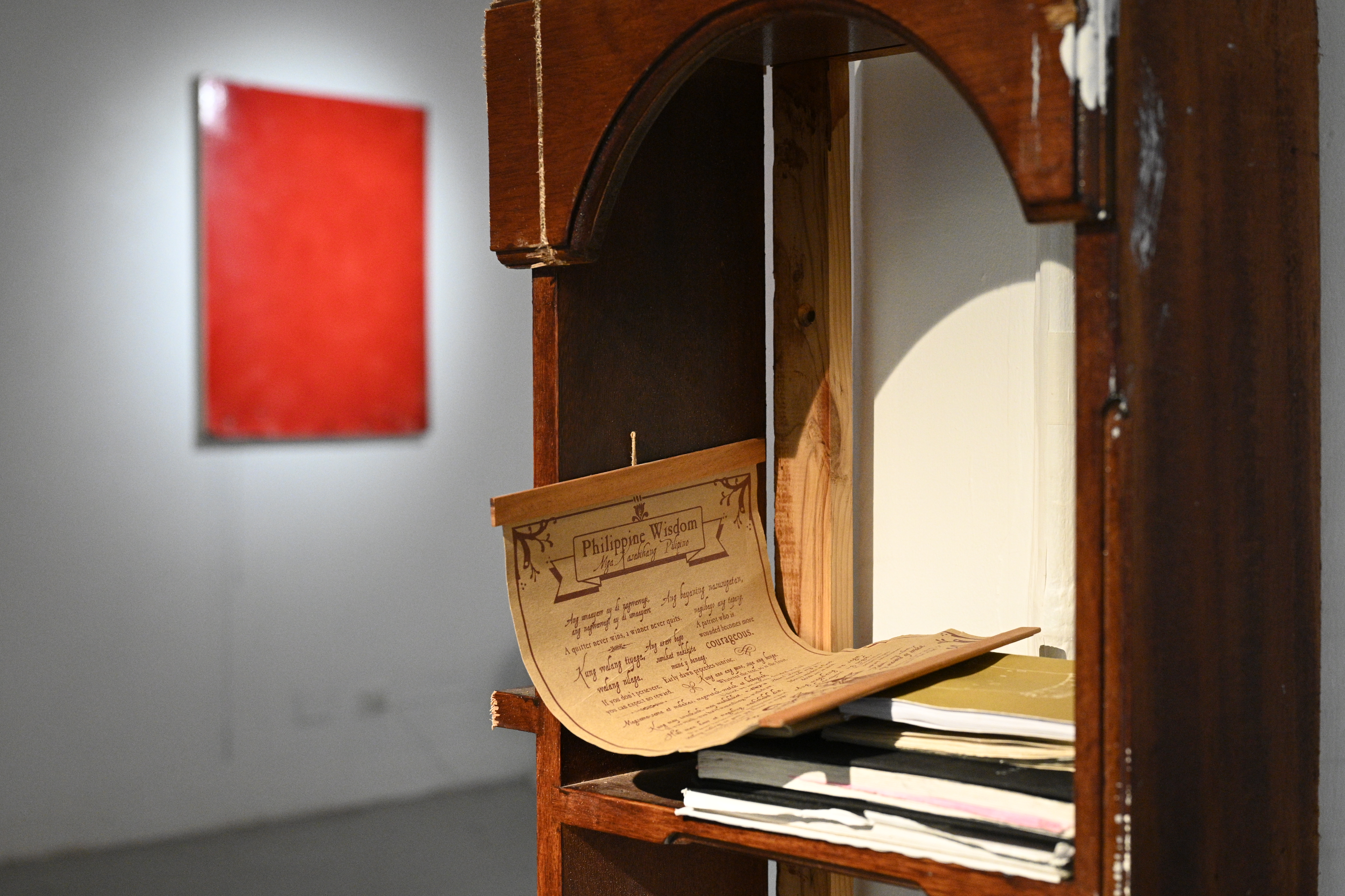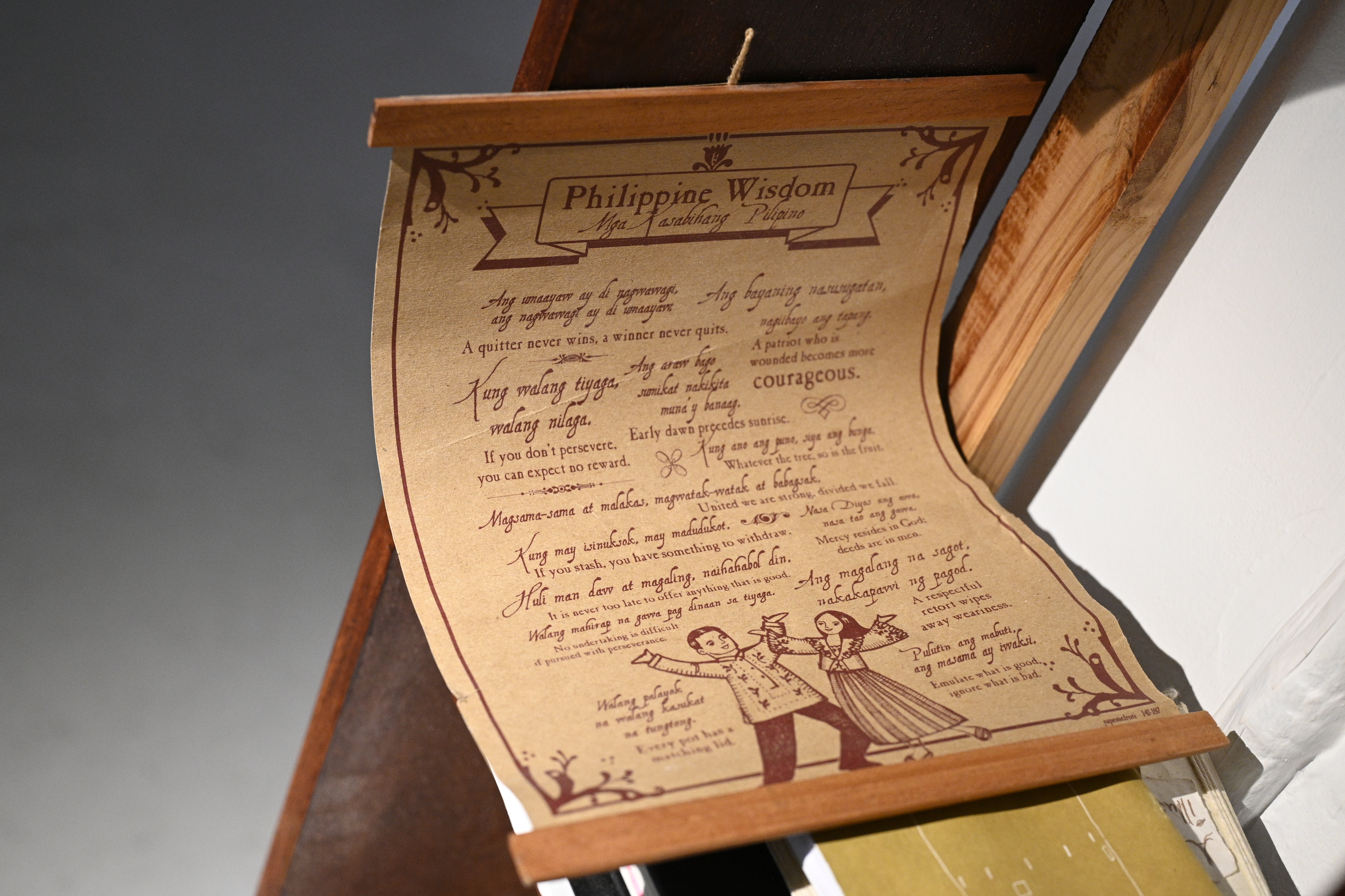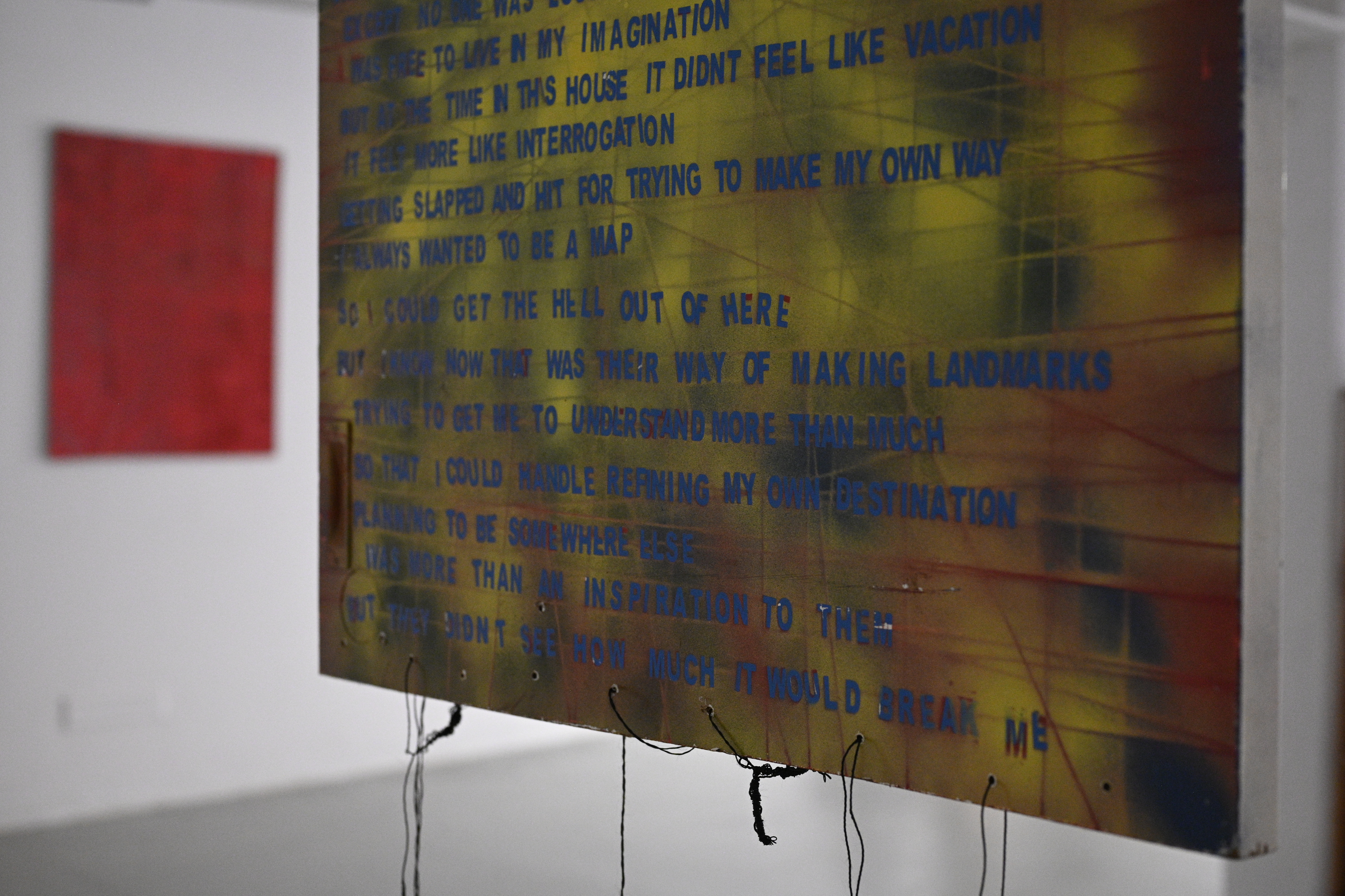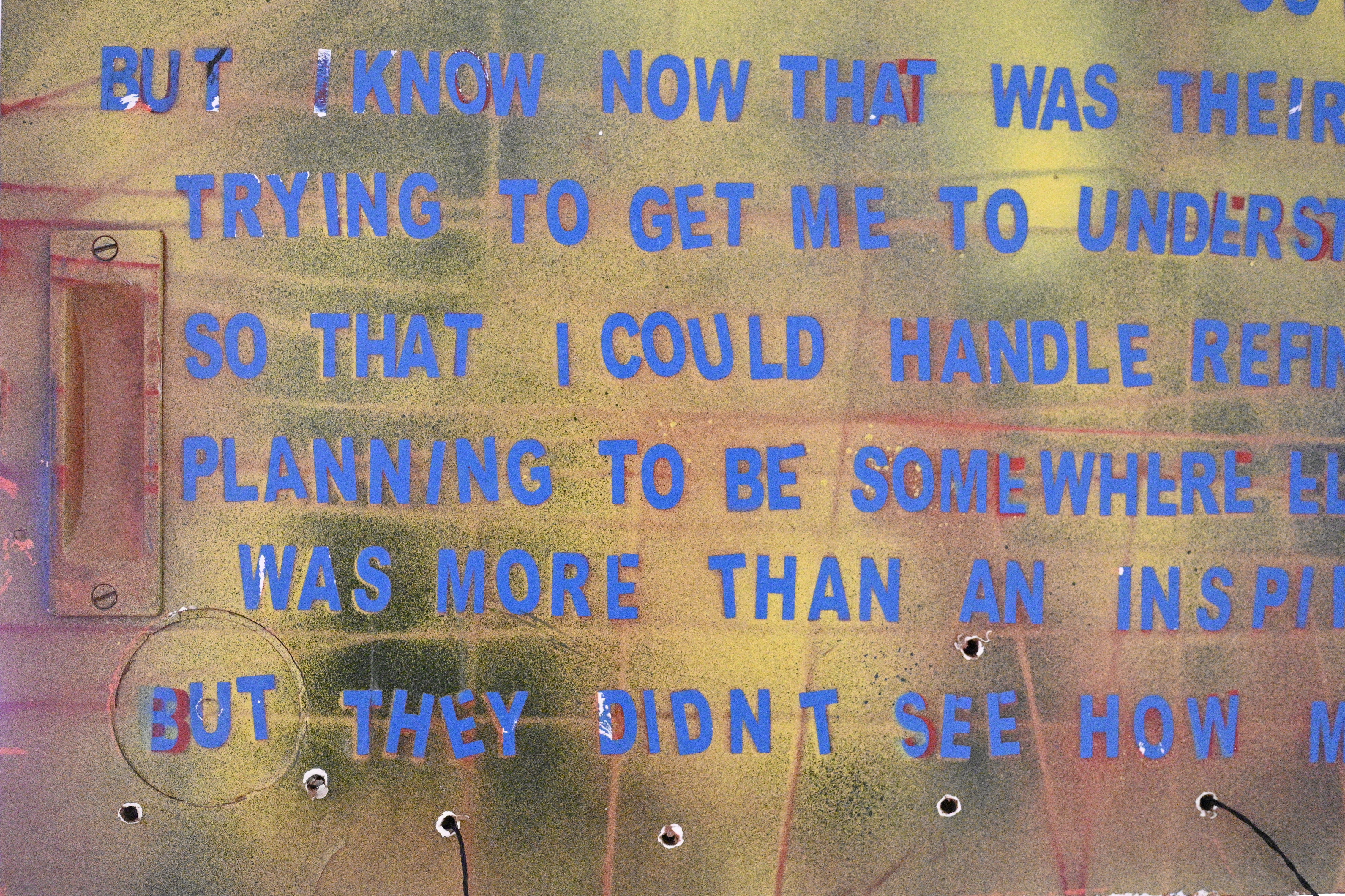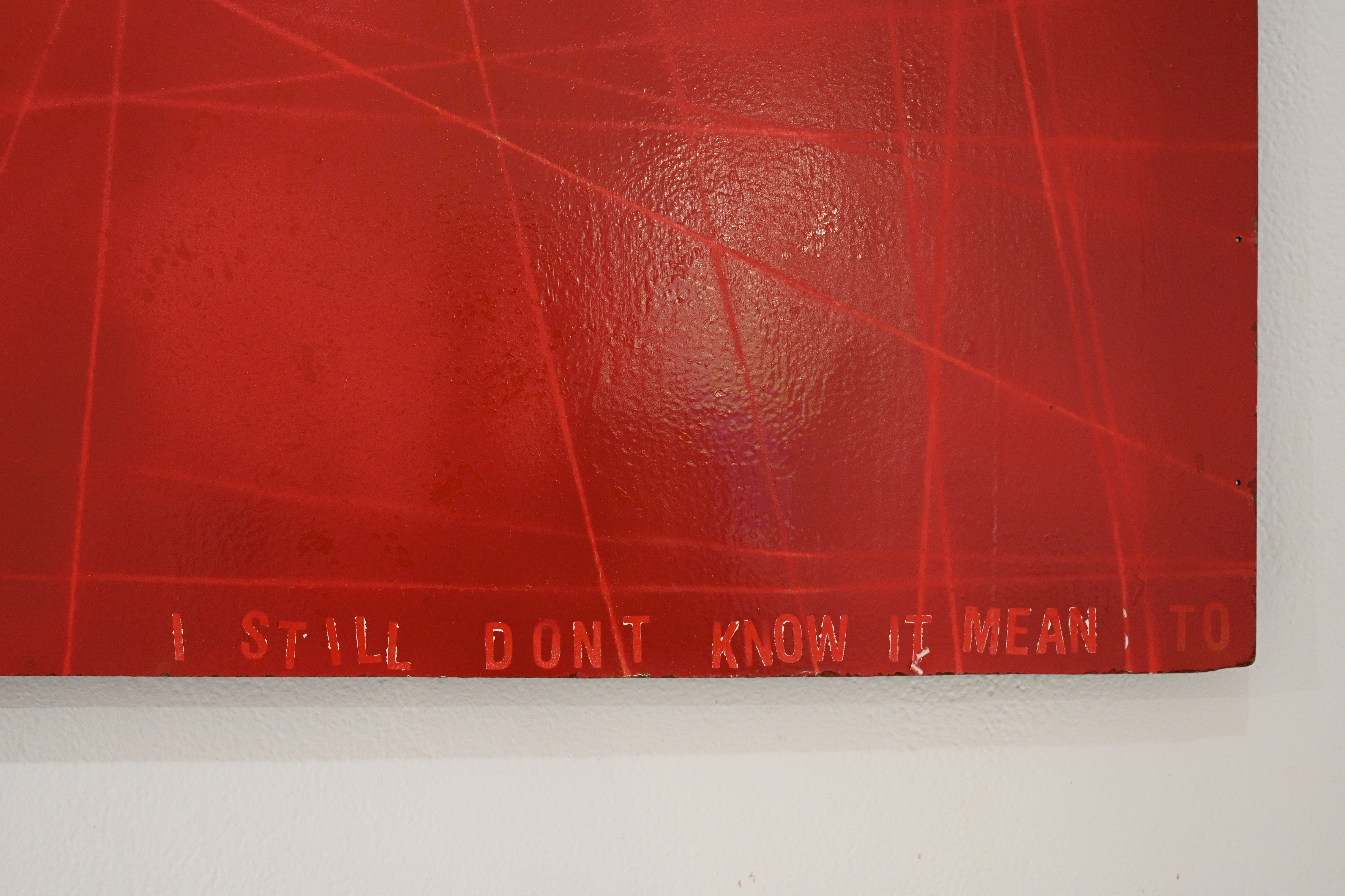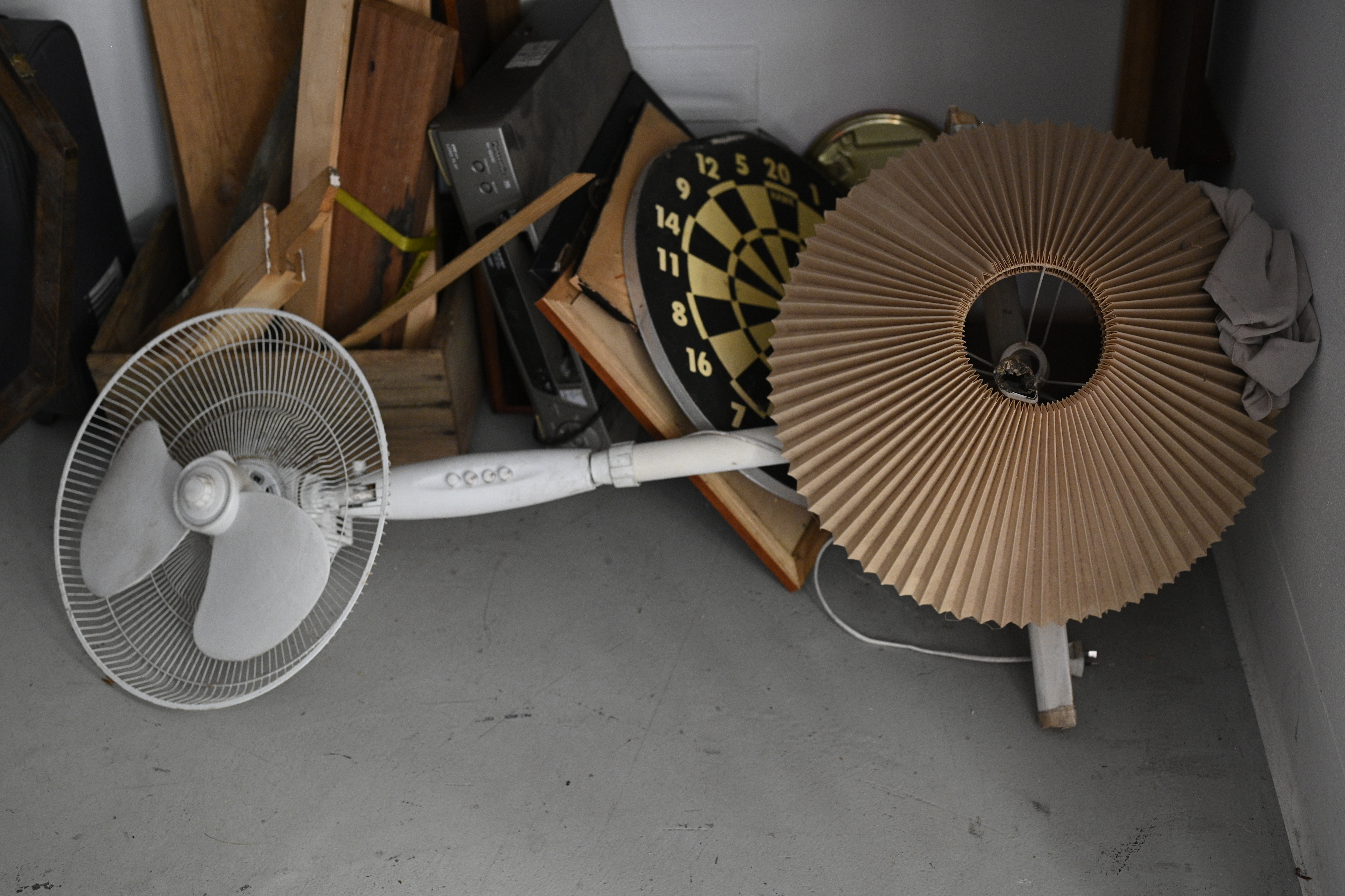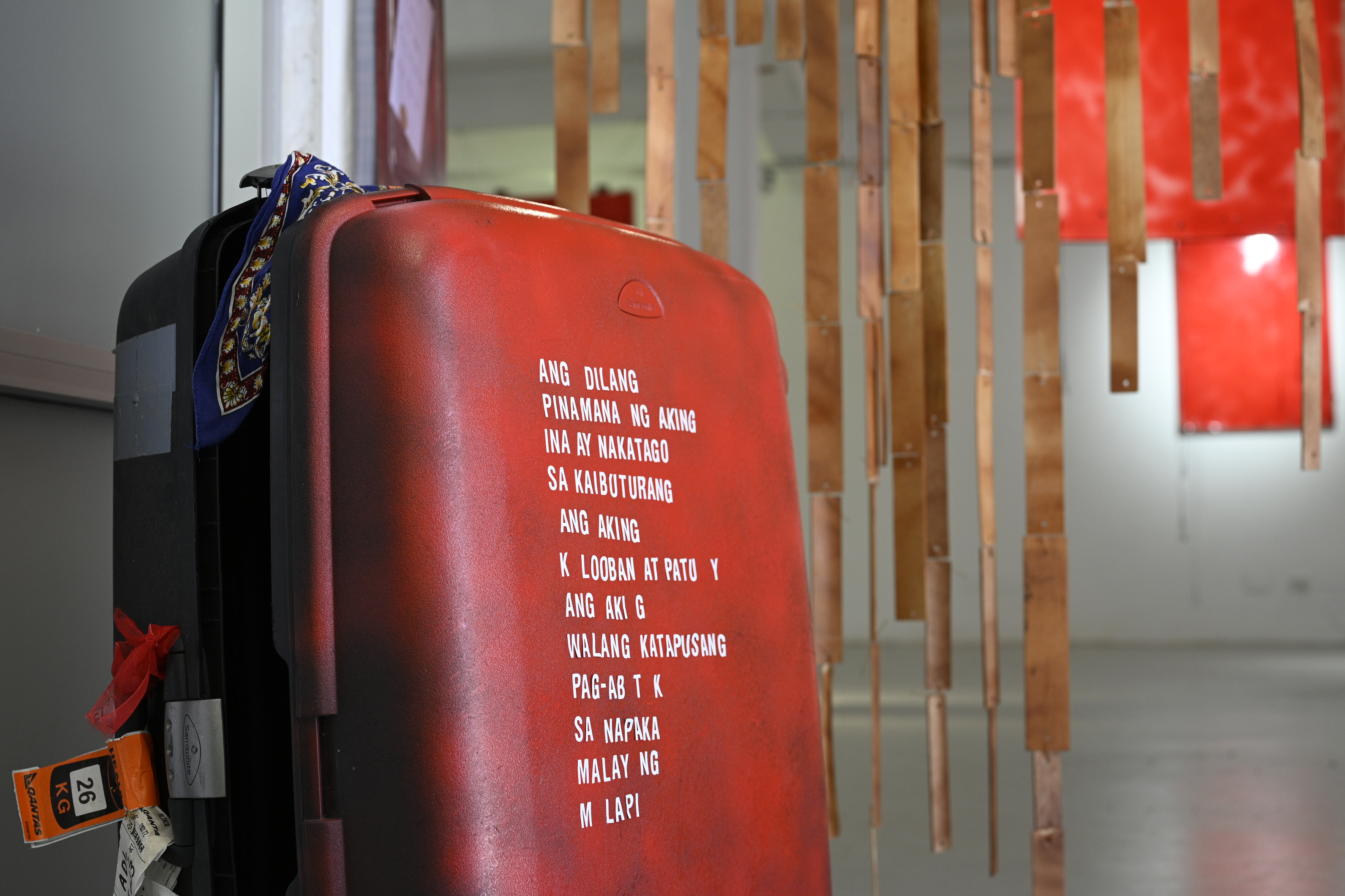Exhibition
Mga gamit ng isang makata
Matcho Makata
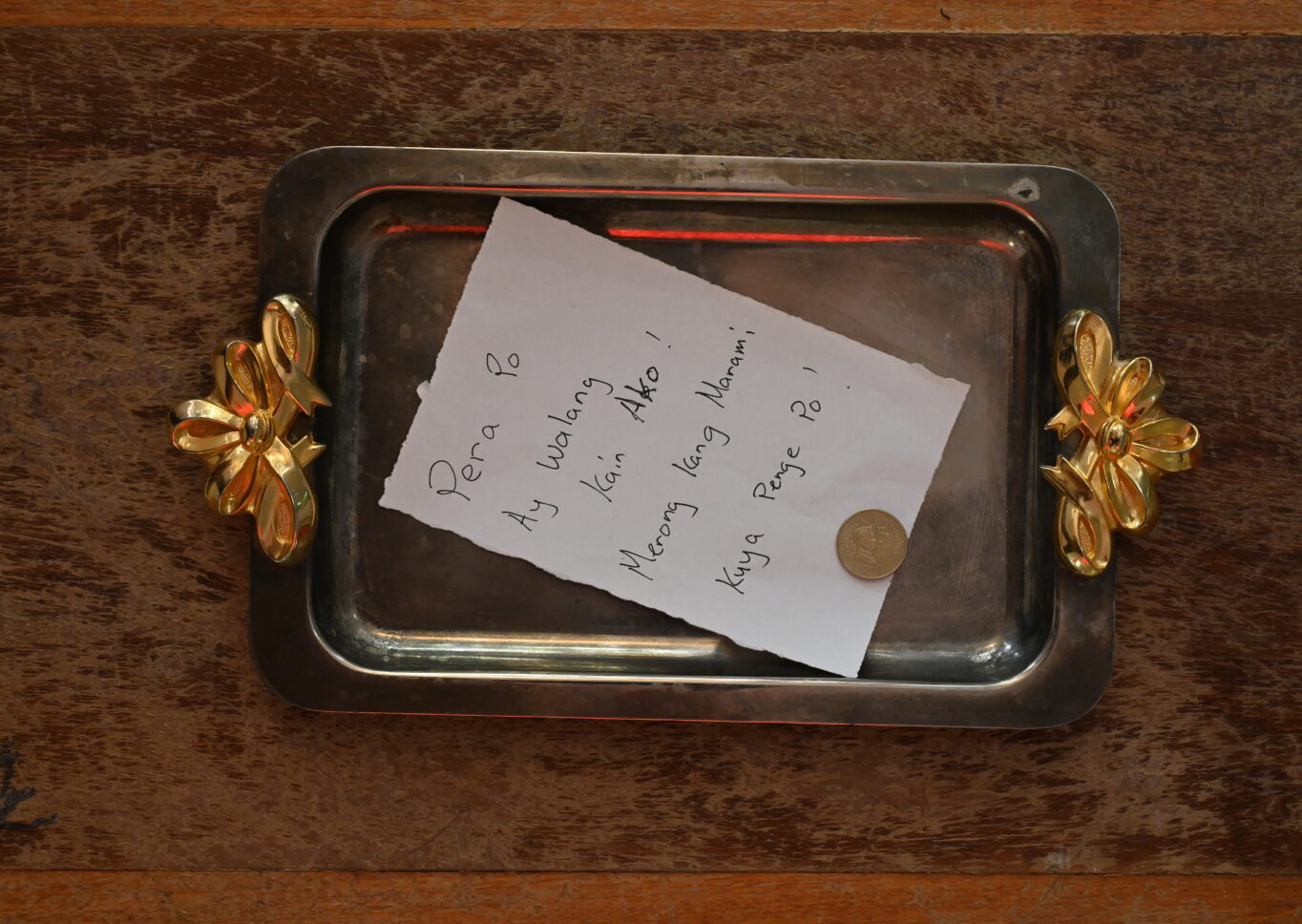
About the exhibition
By Matcho Makata
‘Mga gamit ng isang makata’ is a reverse ekphrastic look into the migrant mindset of Filipinx diaspora living on Kaurna land through the lens of a poet.
Matcho Makata focuses on how Filipinx creatively solve everyday problems by utilizing items for alternate purposes. Matcho has focused on crafting their artwork through entering Filipino households to explore, document and collect remaining clutter. Matcho considers what it means to come from a migrant mindset of needing to survive, to constantly realign purposes and what the limits could be. The exhibition includes pieces of visual poetry/in response to objects that might be deemed past their utility such as leftover wood. In ‘Gamit’ discarded doors from Filipinx homes become supports for different forms of creativty and cultural (re)production.
The artists acknowledge this work was created on Kaurna Country.
Opening night footage, shot by Mou Deng and Cam Barry and edited by Mou Deng. Install footage, shot by Yusuf Ali Hayat.
Video edited by Yusuf Ali Hayat.
Explore the exhibition
-
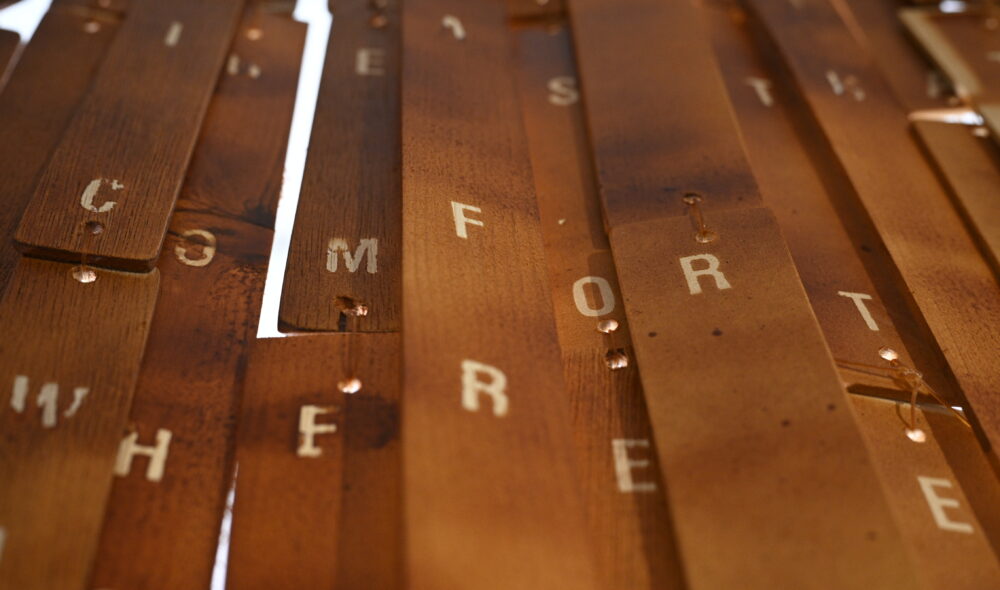
- Artwork 'Mga gamit ng isang makata' exhibition view
- Artist Matcho Makata
- Year 2024
-
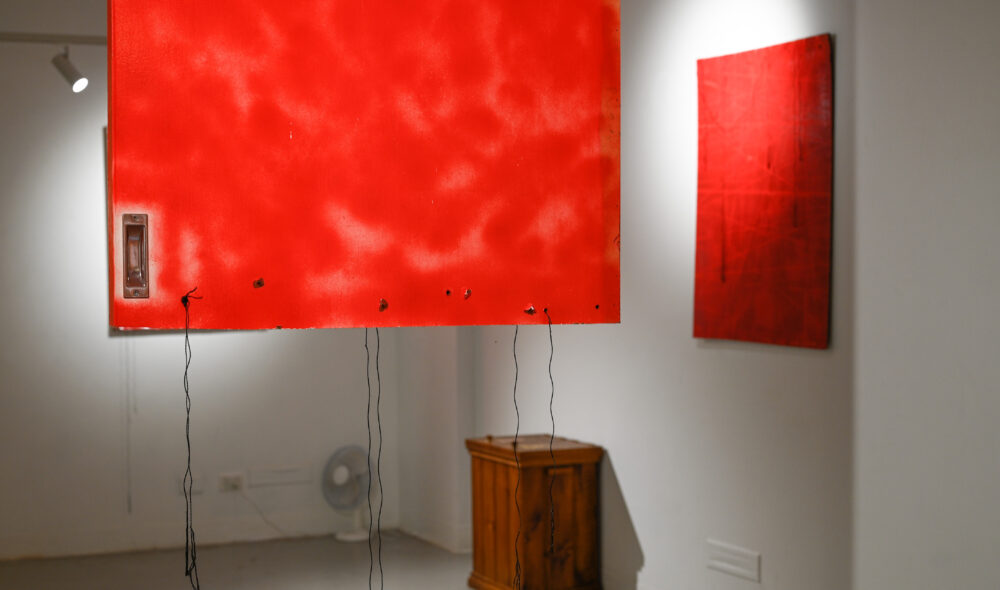
- Artwork 'Mga gamit ng isang makata' exhibition view
- Artist Matcho Makata
- Year 2024
-
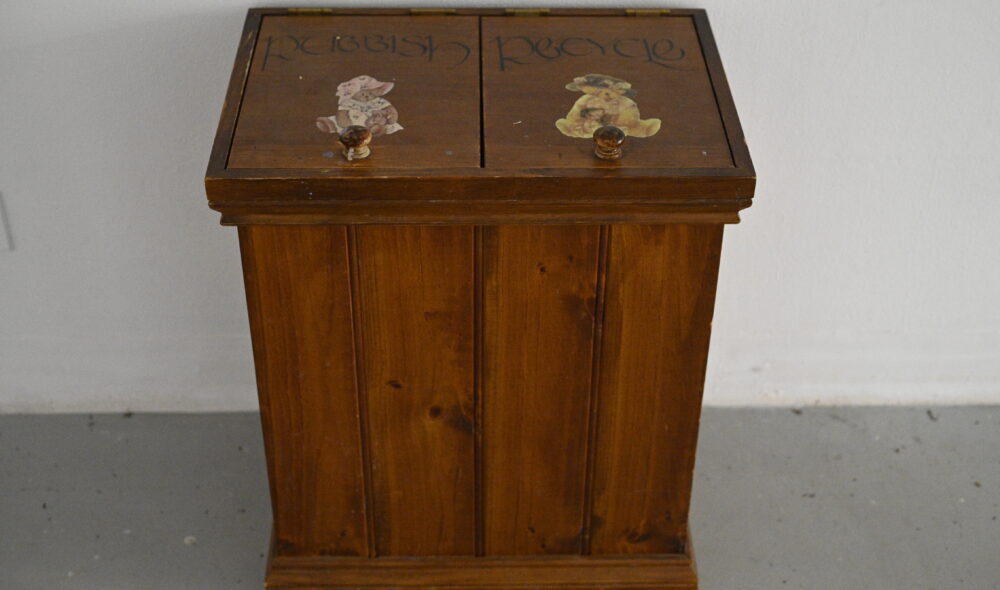
- Artwork 'Mga gamit ng isang makata' exhibition view
- Artist Matcho Makata
- Year 2024
-
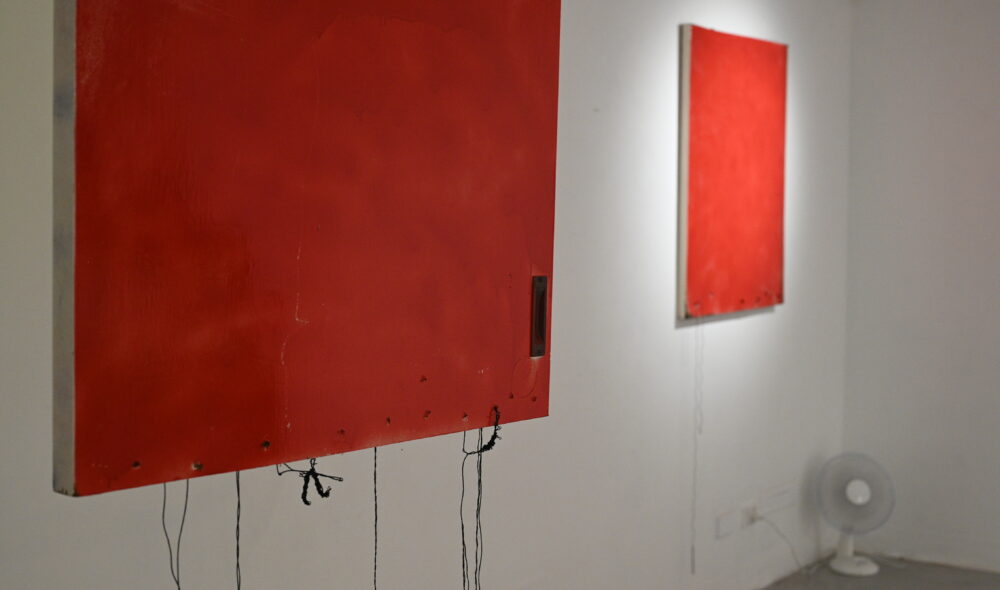
- Artwork 'Mga gamit ng isang makata' exhibition view
- Artist Matcho Makata
- Year 2024
-
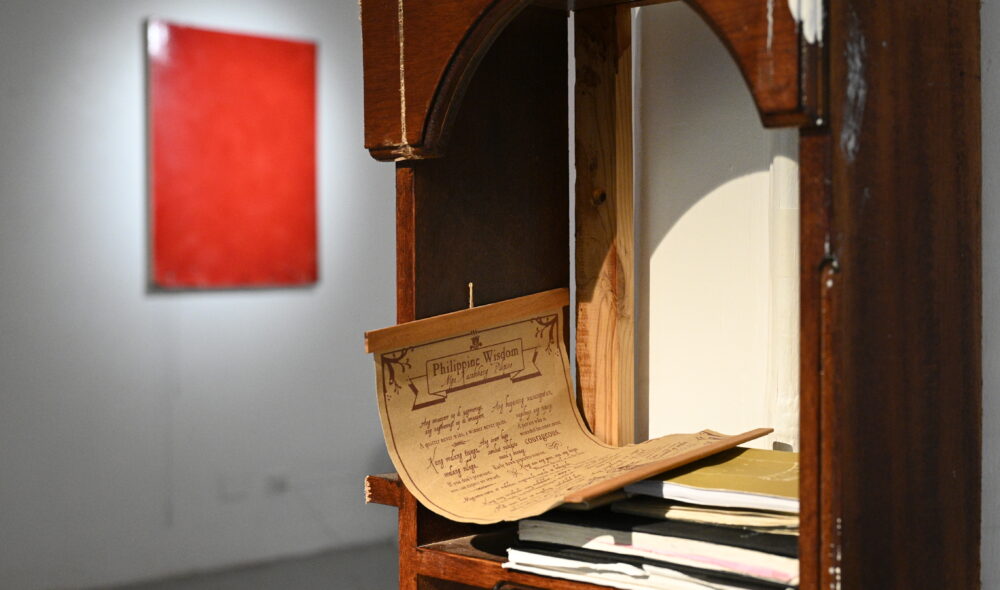
- Artwork 'Mga gamit ng isang makata' exhibition view
- Artist Matcho Makata
- Year 2024
-
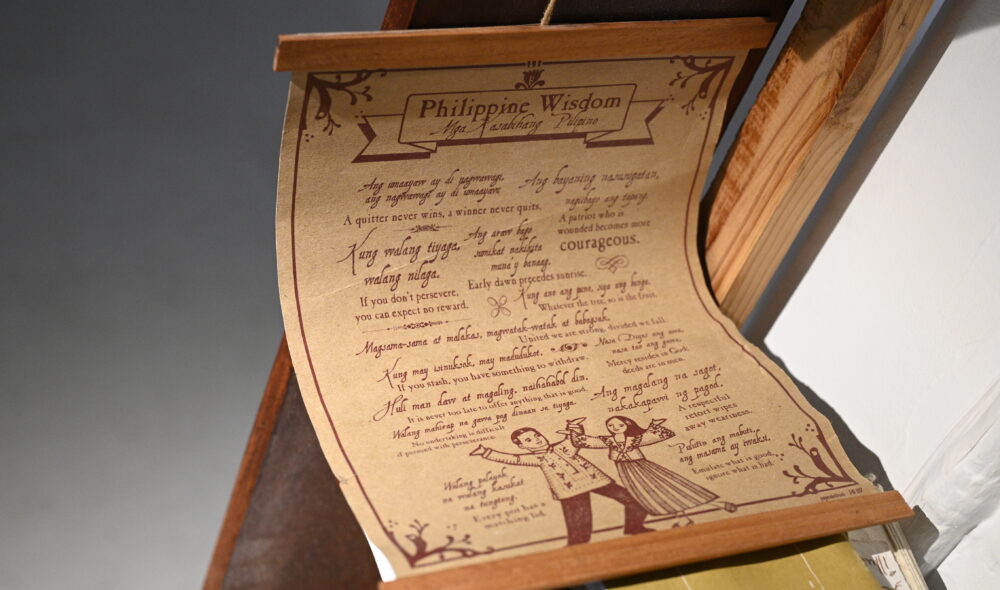
- Artwork 'Mga gamit ng isang makata' exhibition view
- Artist Matcho Makata
- Year 2024
-
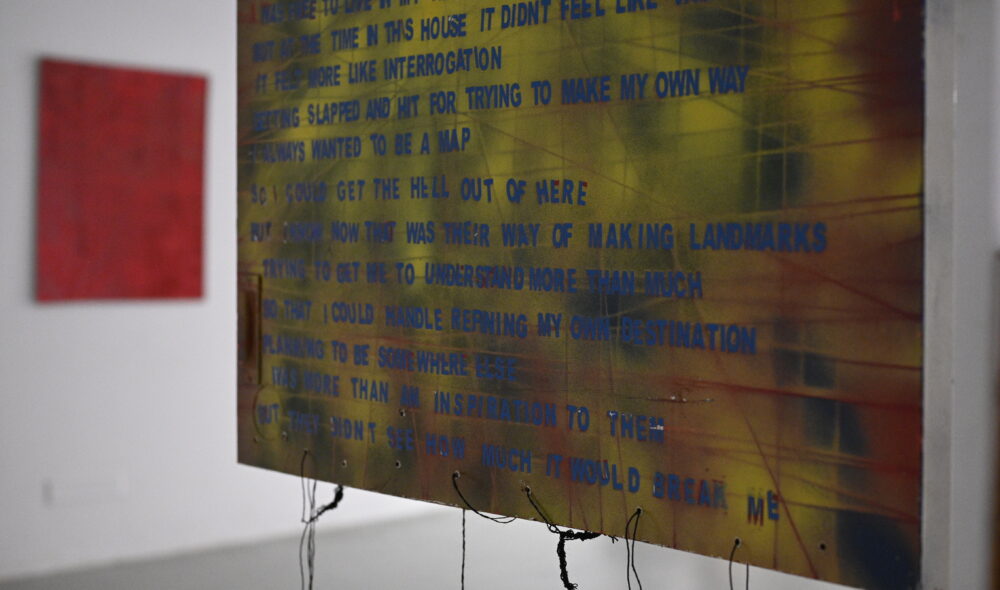
- Artwork 'Mga gamit ng isang makata' exhibition view
- Artist Matcho Makata
- Year 2024
-
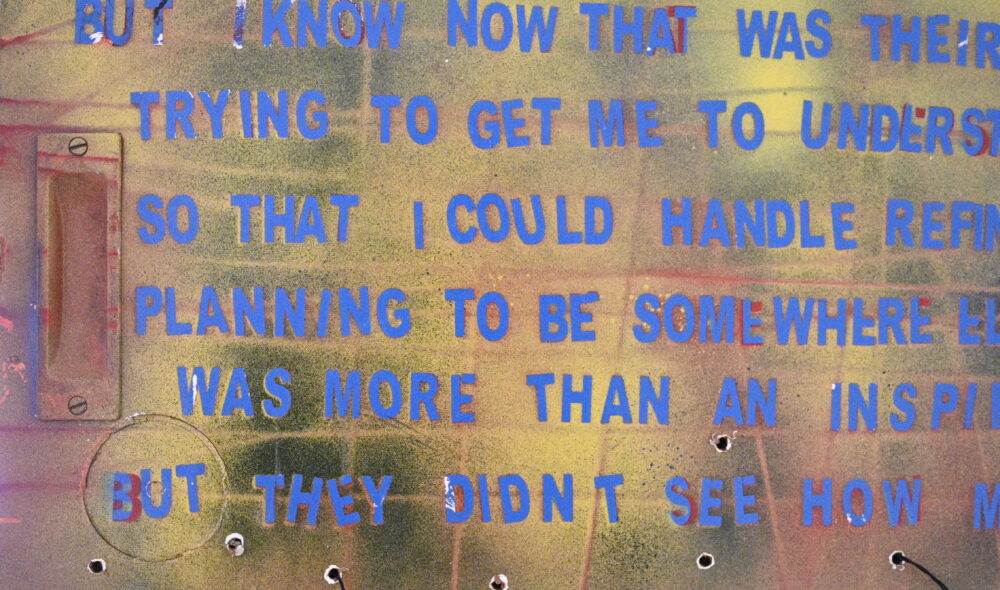
- Artwork 'Mga gamit ng isang makata' exhibition view
- Artist Matcho Makata
- Year 2024
-
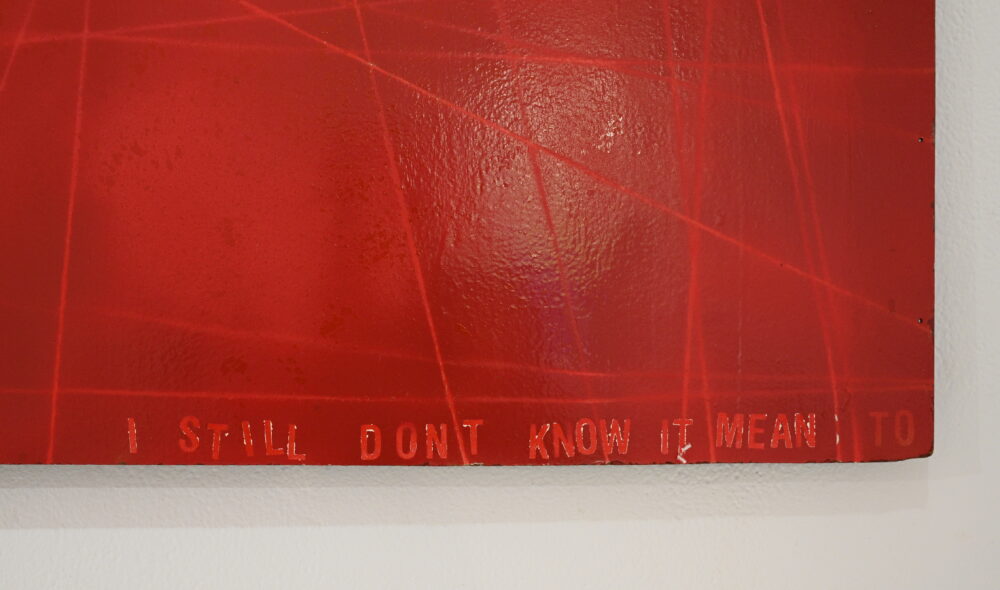
- Artwork 'Mga gamit ng isang makata' exhibition view
- Artist Matcho Makata
- Year 2024
-
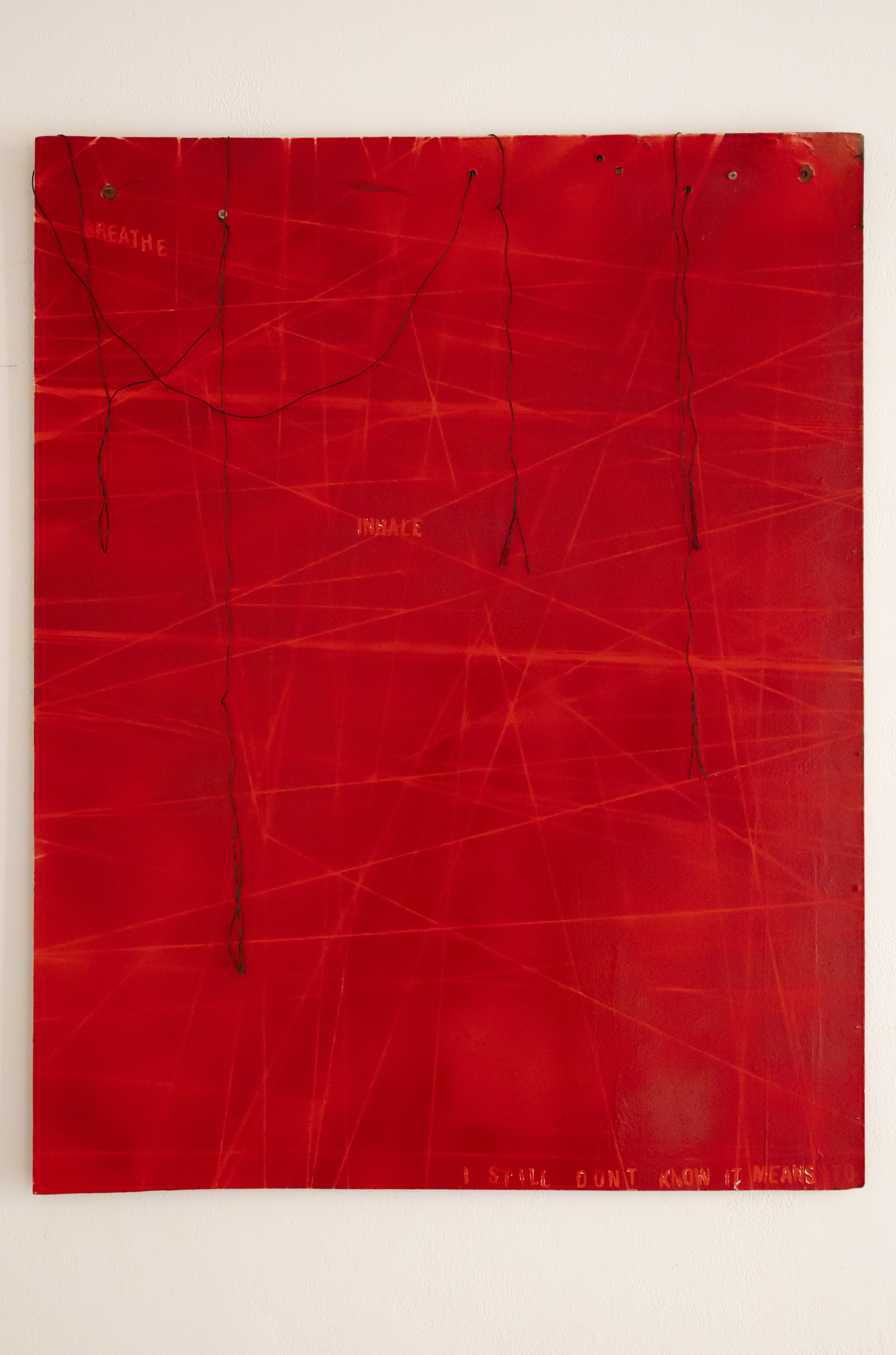
- Artwork 'Mga gamit ng isang makata' exhibition view
- Artist Matcho Makata
- Year 2024
-
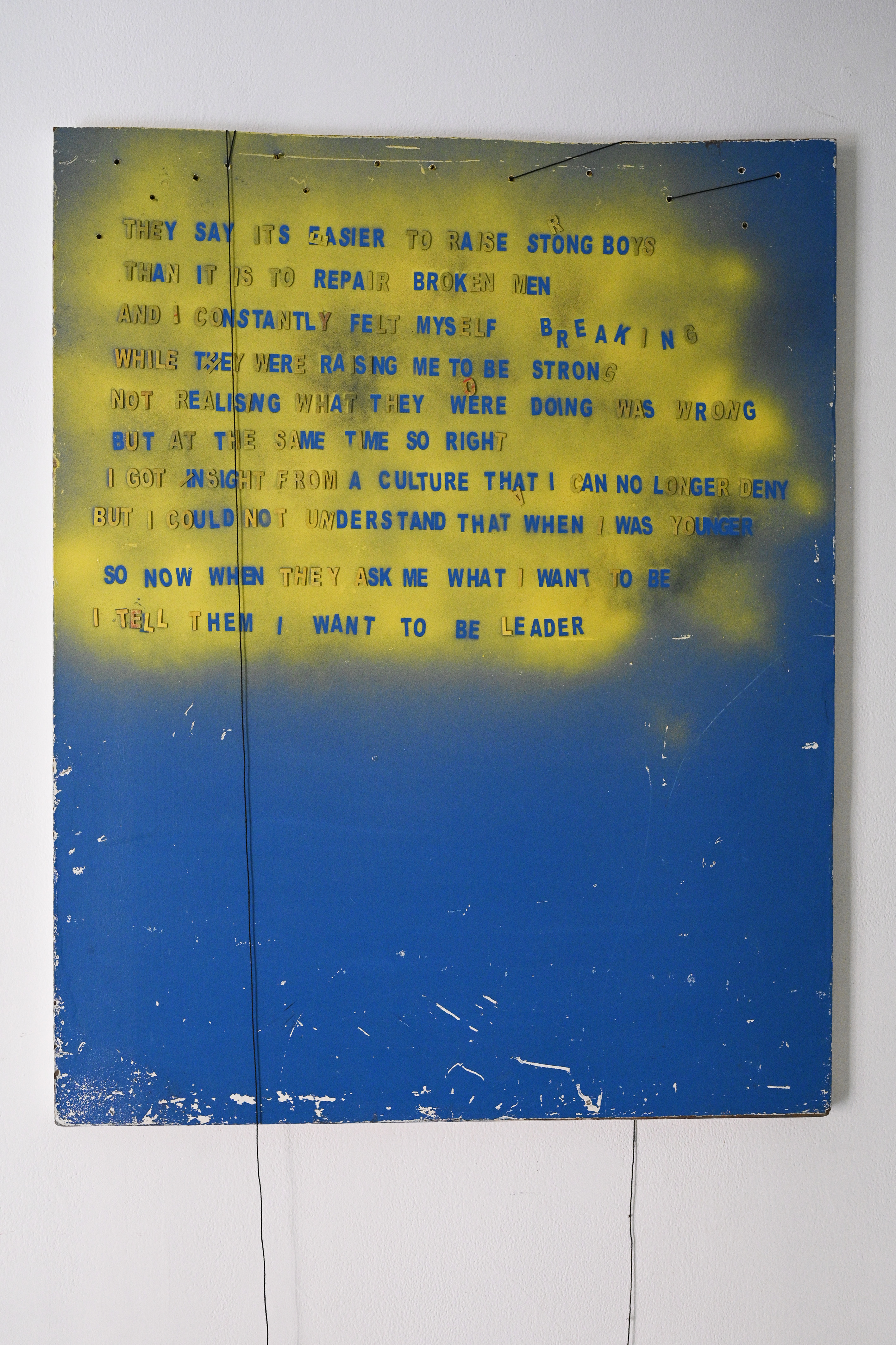
- Artwork 'Mga gamit ng isang makata' exhibition view
- Artist Matcho Makata
- Year 2024
-
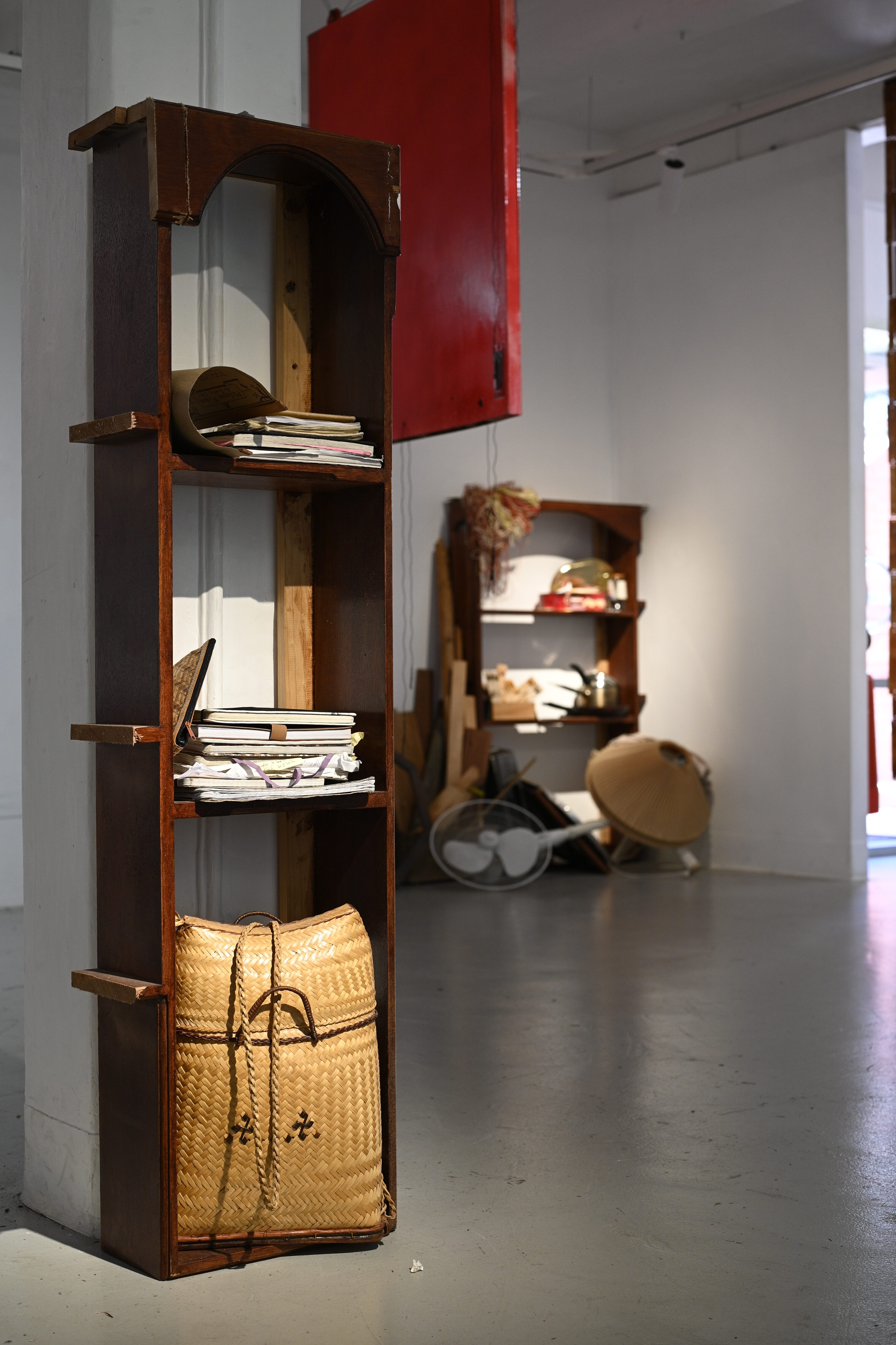
- Artwork 'Mga gamit ng isang makata' exhibition view
- Artist Matcho Makata
- Year 2024
-
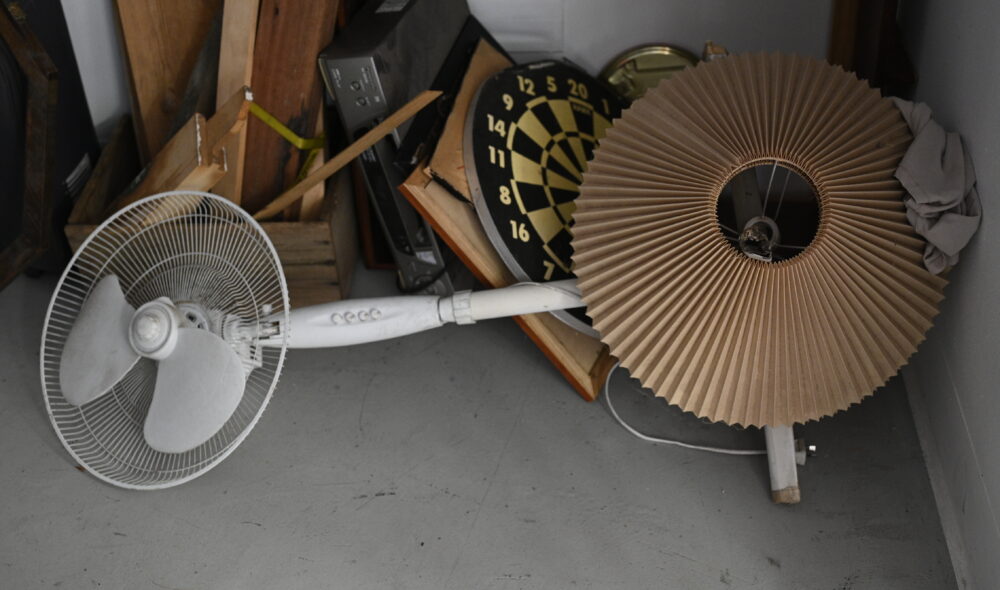
- Artwork 'Mga gamit ng isang makata' exhibition view
- Artist Matcho Makata
- Year 2024
-
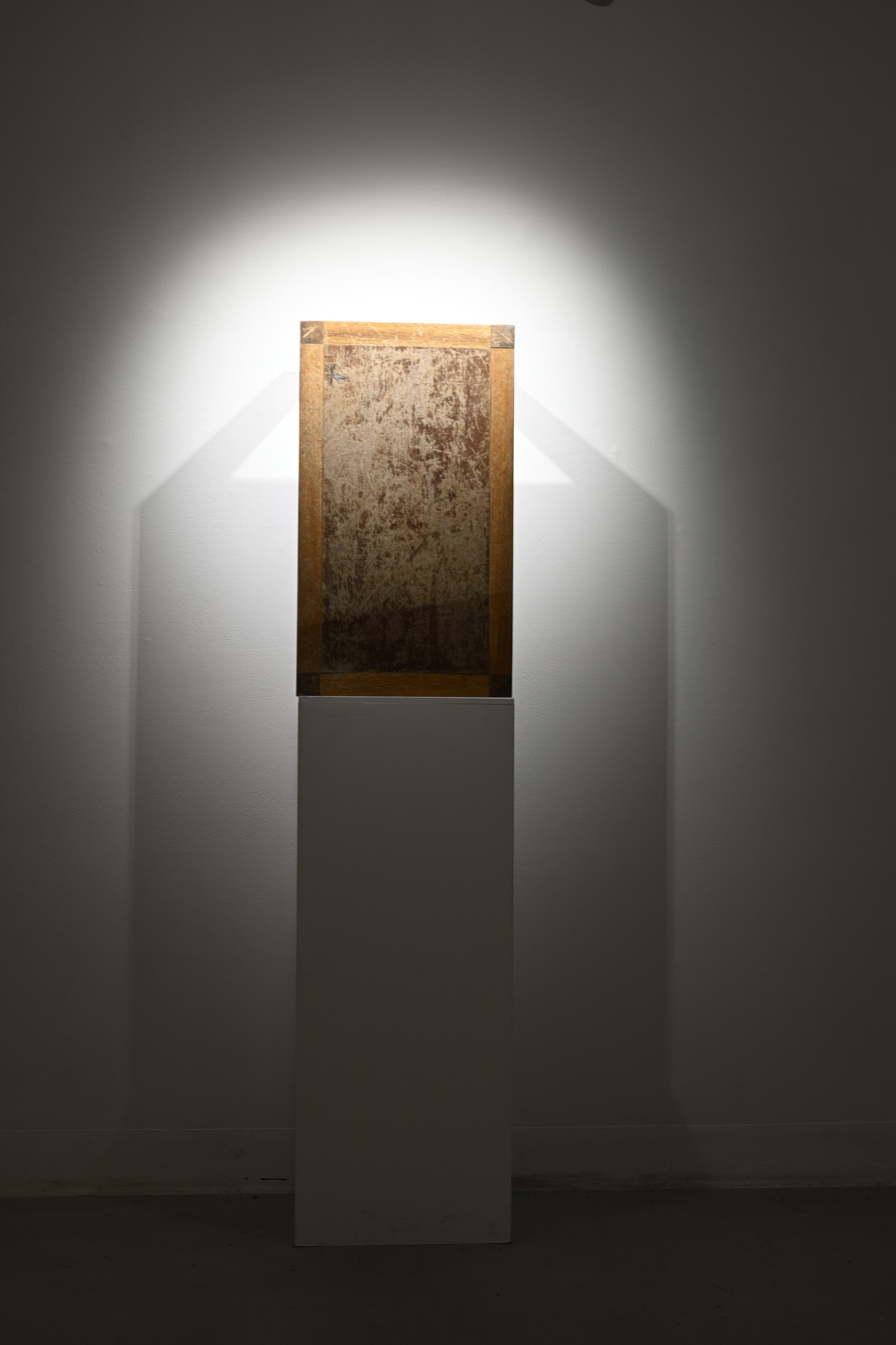
- Artwork 'Mga gamit ng isang makata' exhibition view
- Artist Matcho Makata
- Year 2024
-
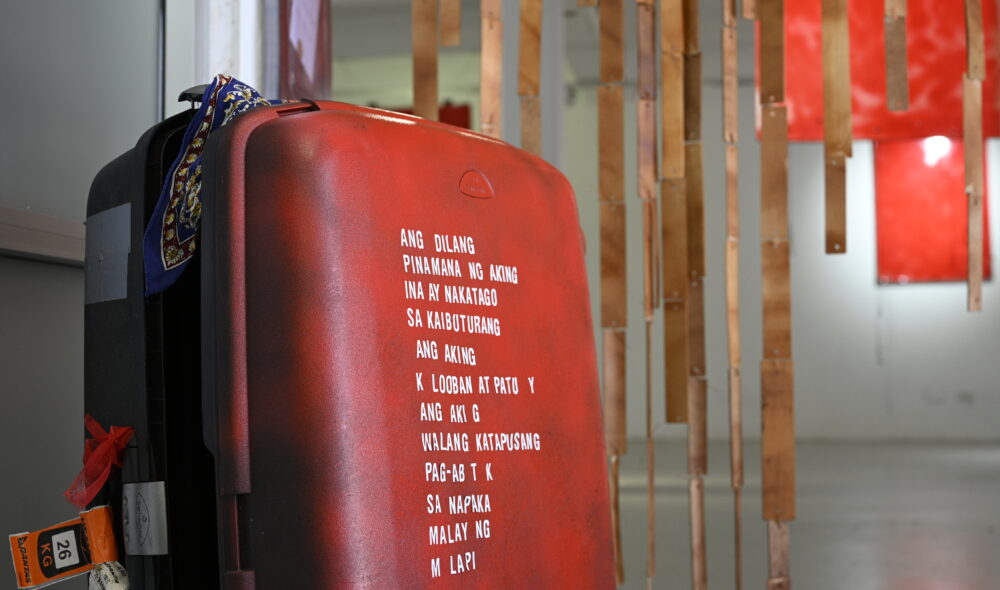
- Artwork 'Mga gamit ng isang makata' exhibition view
- Artist Matcho Makata
- Year 2024
Catalogue essay
Mga gamit ng isang makata
Matcho Makata
Essay written by Denise Nolasco
“Ng kalat kalat na naman!”
I can hear it, the reverberating echo of my mum, my Lola, my titas.
Disappointment and judgment supposedly wrapped in love; the sharp syllables of Tagalog slicing through the air. It’s not just a language; it’s a thunderous declaration echoing through the halls of my upbringing.
“Ng kalat kalat na naman!”
Chaos reigns, mess and clutter abound—the unyielding reality of scarcity. Over and over, the proclamation pierces through the tumult, a stark reminder of the disarray that once defined our existence.
Growing up, Tagalog wasn’t just a language—it was a visceral connection to a heritage wrapped in unease and frustration. Not fluent, but intricately attuned, I deciphered the linguistic cadence’s rhythm—the pulse. It wasn’t so much about dissecting meaning; it was about feeling the patterns, energies, and tones that spoke of intergenerational yearning.
In the diaspora, Tagalog became a potent weapon, wielded in animated exchanges between my parents. Phrases that transcend translation express sentiments that lose their essence in any other tongue.
Yet at the epicenter of this turmoil was always a seemingly mundane concept—mess.
“Malinis!”
A sharp command demanding order, cutting through the clutter with a relentless insistence on structure.
“Sayang naman!”
A mournful cry lamenting waste, echoing through the tangled script of our family life played out amidst disorder.
But in “Mga gamit ng isang makata,” Makata reimagines his own perception of mess, transforming it into a canvas for celebration. The clutter becomes a testament to our collective resourcefulness, a raw acknowledgment of survival as an art form coursing through our bloodline.
With migration as our constant companion, creativity blooms in the face of necessity. Cluttered homes now serve as a canvas for contemplation. Makata’s poetry weaves a tapestry where beauty emerges from what society dismisses—the chaos, the mess, the overlooked remnants of survival.
In these fragments of shared identity, Makata’s work becomes a powerful narrative, stitching together stories of lived experience. His poetry reflects the raw and unpolished testament to the resourcefulness of the Filipino. It’s a tale that challenges societal norms and celebrates the unwavering pursuit of purpose amid life’s challenges.
Each poem etches profound stories into overlooked objects, chapters in the larger narrative of reimagining our existence. Makata’s words don’t shy away from the mess; they embrace it, turning it into a canvas where the Filipino diaspora finds strength and purpose.
In the liminal space between worlds, Makata’s poetry isn’t just a reflection—it’s a declaration. A declaration of the Filipino spirit refusing to be defined by chaos, a vivid and forceful narrative that echoes the resilience of a people who have turned the clutter of their existence into a poetic legacy. His work stands strong, blunt, and emotive—a testament to an unyielding spirit.
Video Yusuf Ali Hayat.





